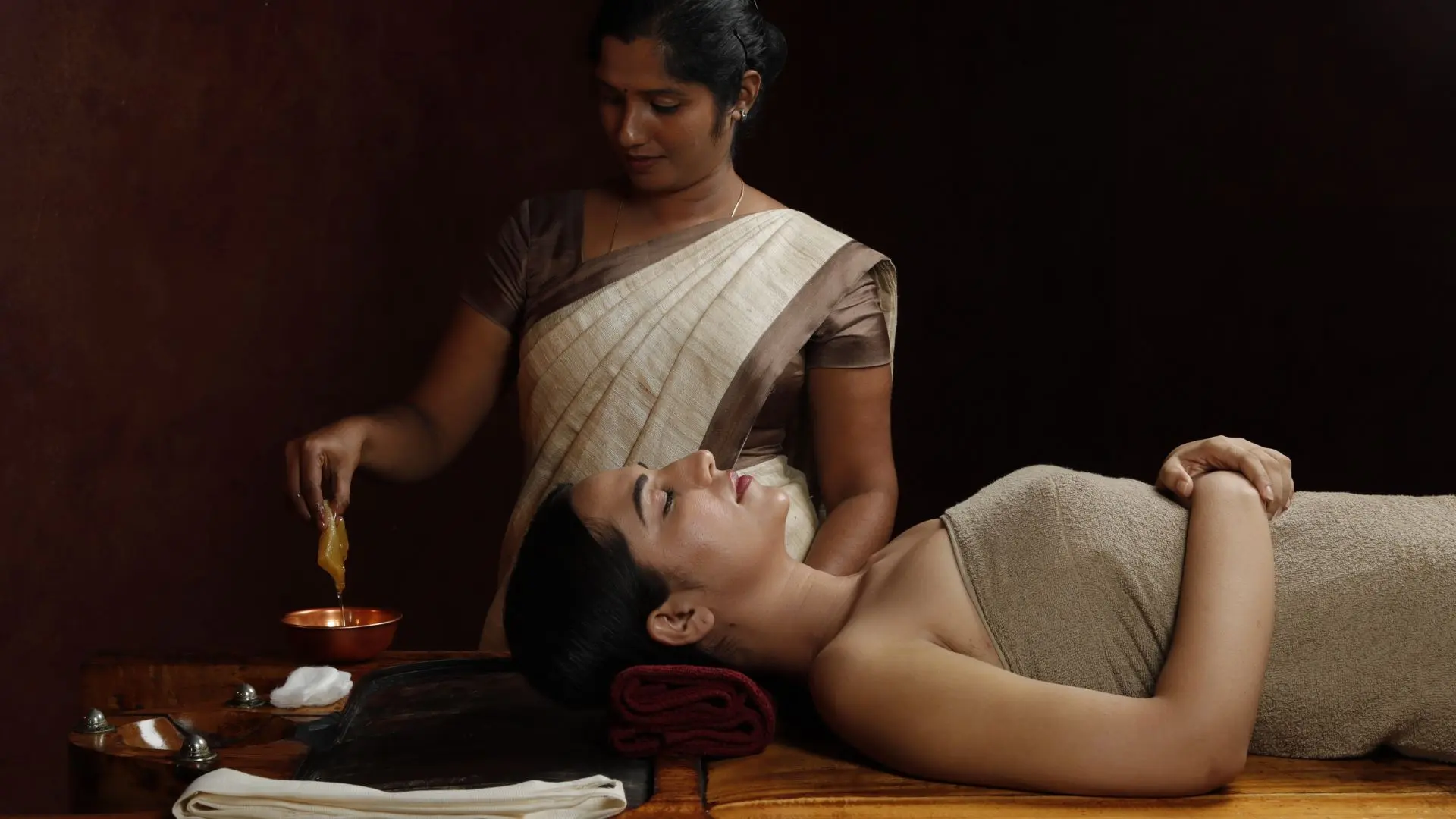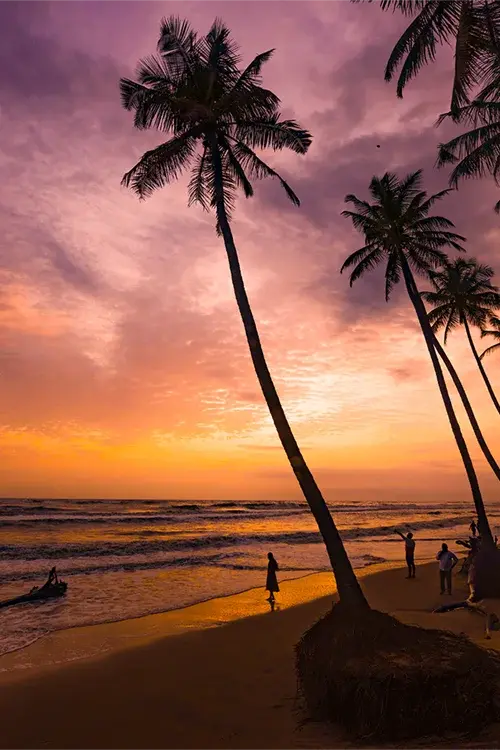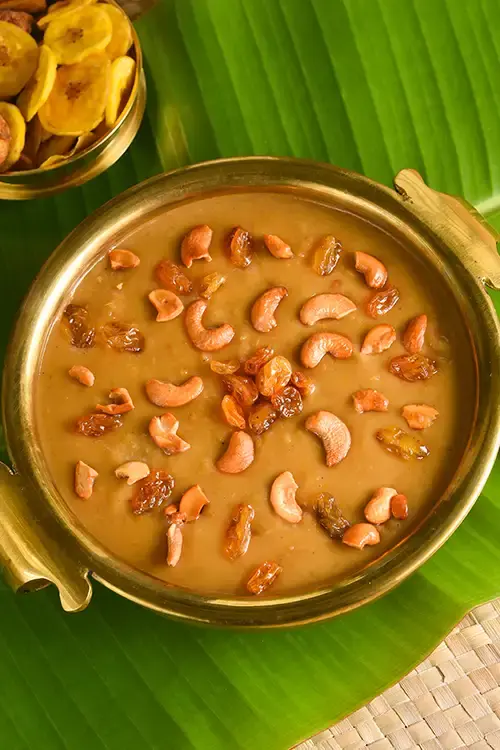FAQ
Can I tap a rubber tree in Kerala?
Certainly, you can visit rubber plantations in districts like Kottayam, Thrissur, etc. You may get in touch with the owner of the landholdings and try a hand at tapping. Here is some information about tapping :
The tapping and processing of natural rubber from rubber trees, typically Hevea brasiliensis, involve several key steps. Trees aged 6 to 7 years are considered suitable for tapping, with a focus on the thickness of the tree rather than its age.
The tapping process, conducted early in the morning for about 200 to 300 days a year, involves the collection of latex from the trees. To facilitate a healthy latex flow, the bark of the tree is prepared before tapping. The latex, a white colloidal solution of polyisoprene in water, is collected for approximately 3 hours.
Following latex collection, the next step is coagulation. The latex is mixed with formic acid and allowed to coagulate for 6 to 8 hours. This process separates polyisoprene from water, forming a thick solid mass. The coagulated rubber is then rolled into sheets using a set of rollers.
The subsequent stage involves drying the rubber sheets in sunlight, a process that can take several days depending on temperature and sunlight conditions. Once dried, the rubber sheets are ready for sale and can be utilized in various industries, including the production of tyres, footwear and other industrial goods.






